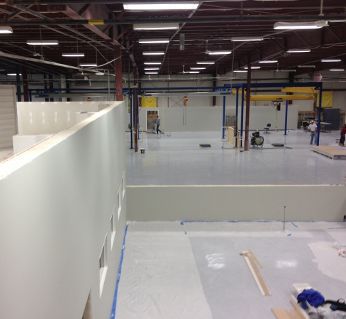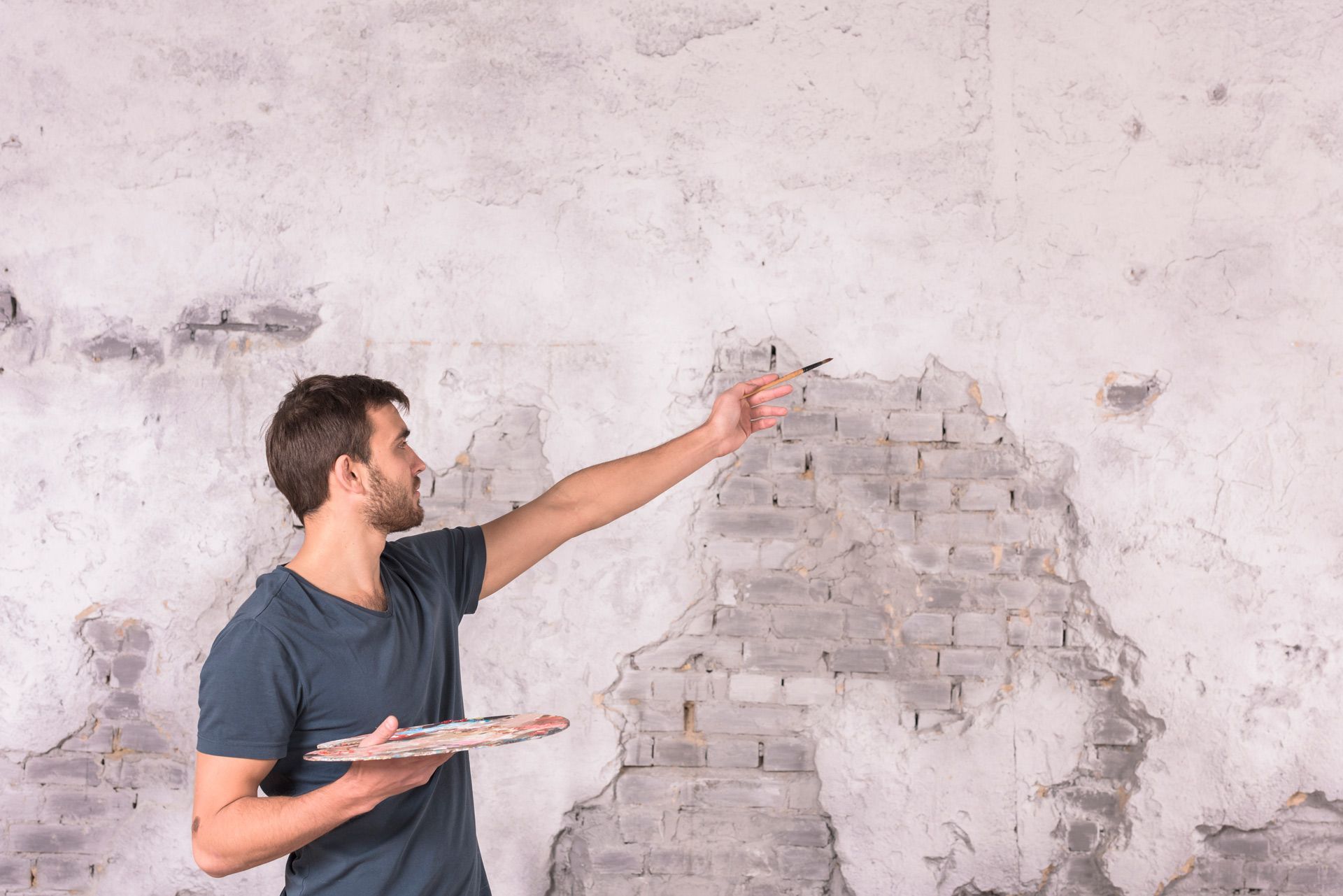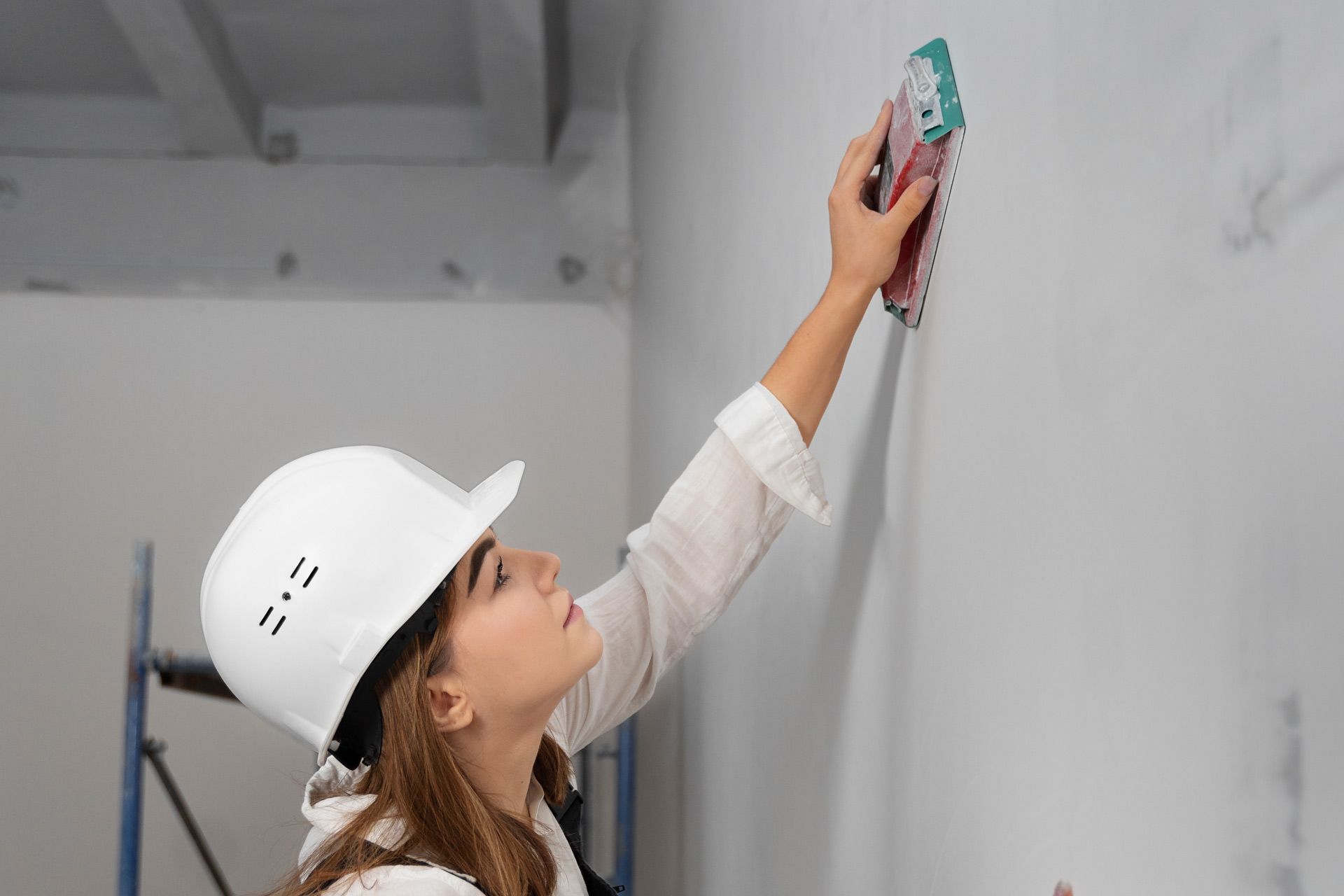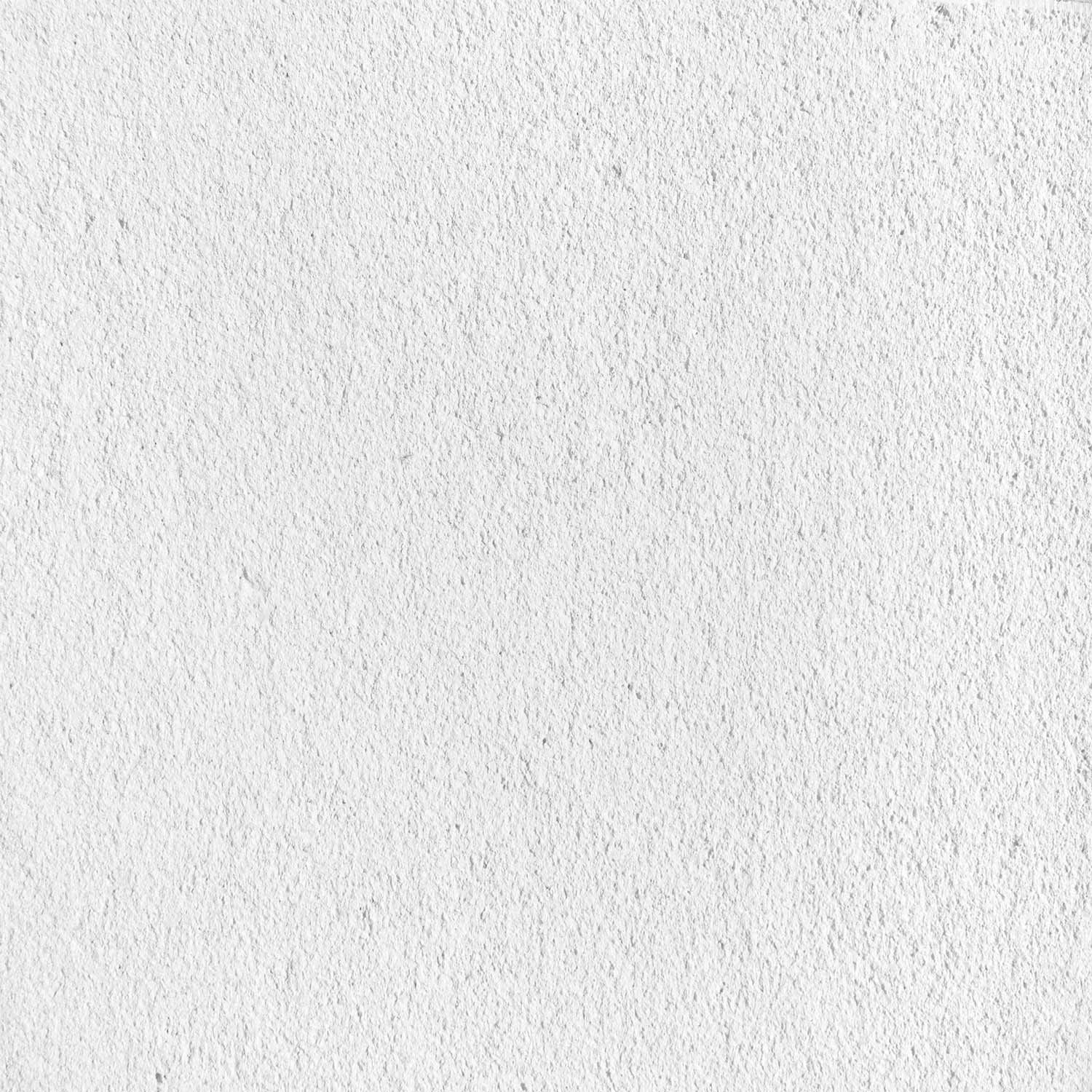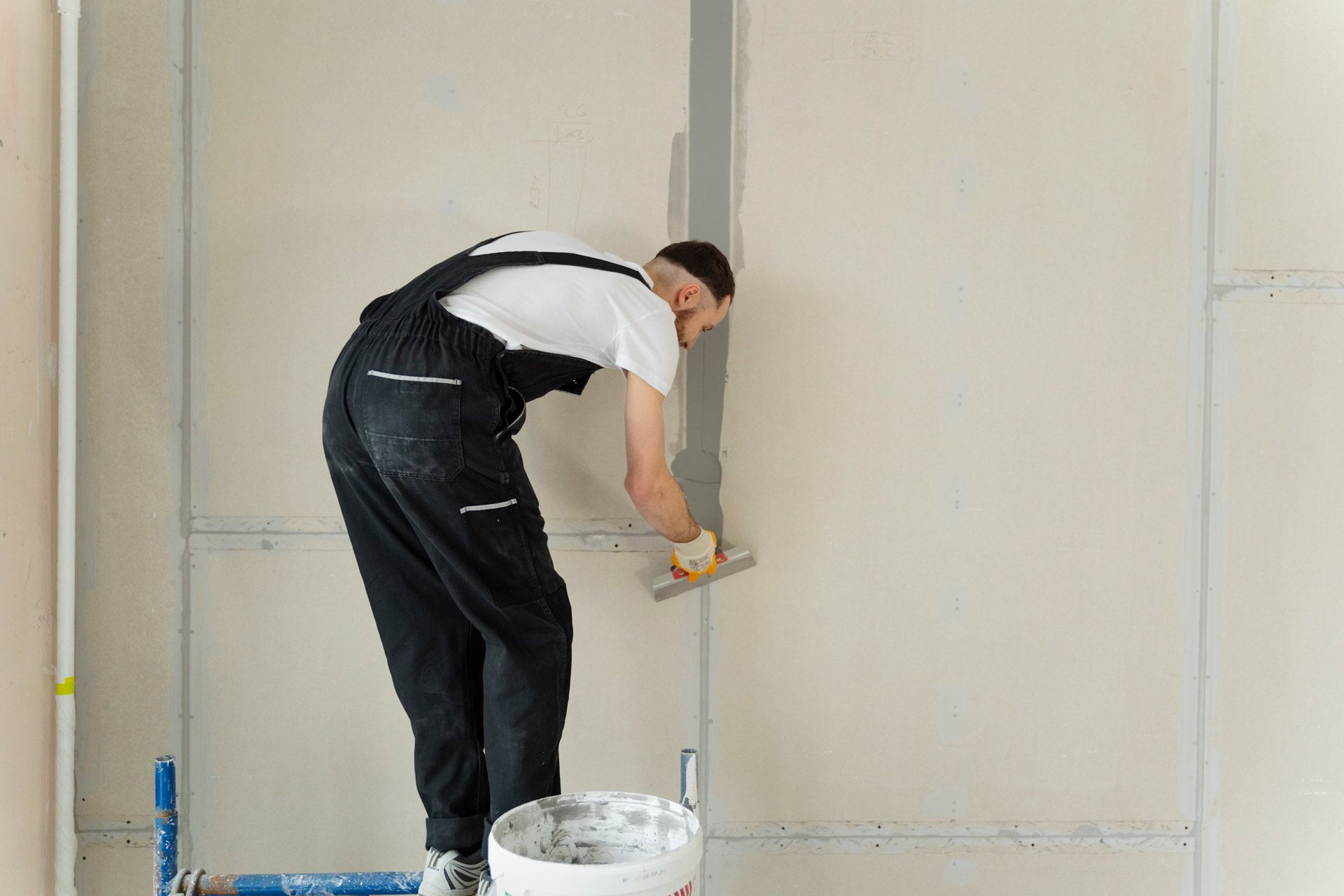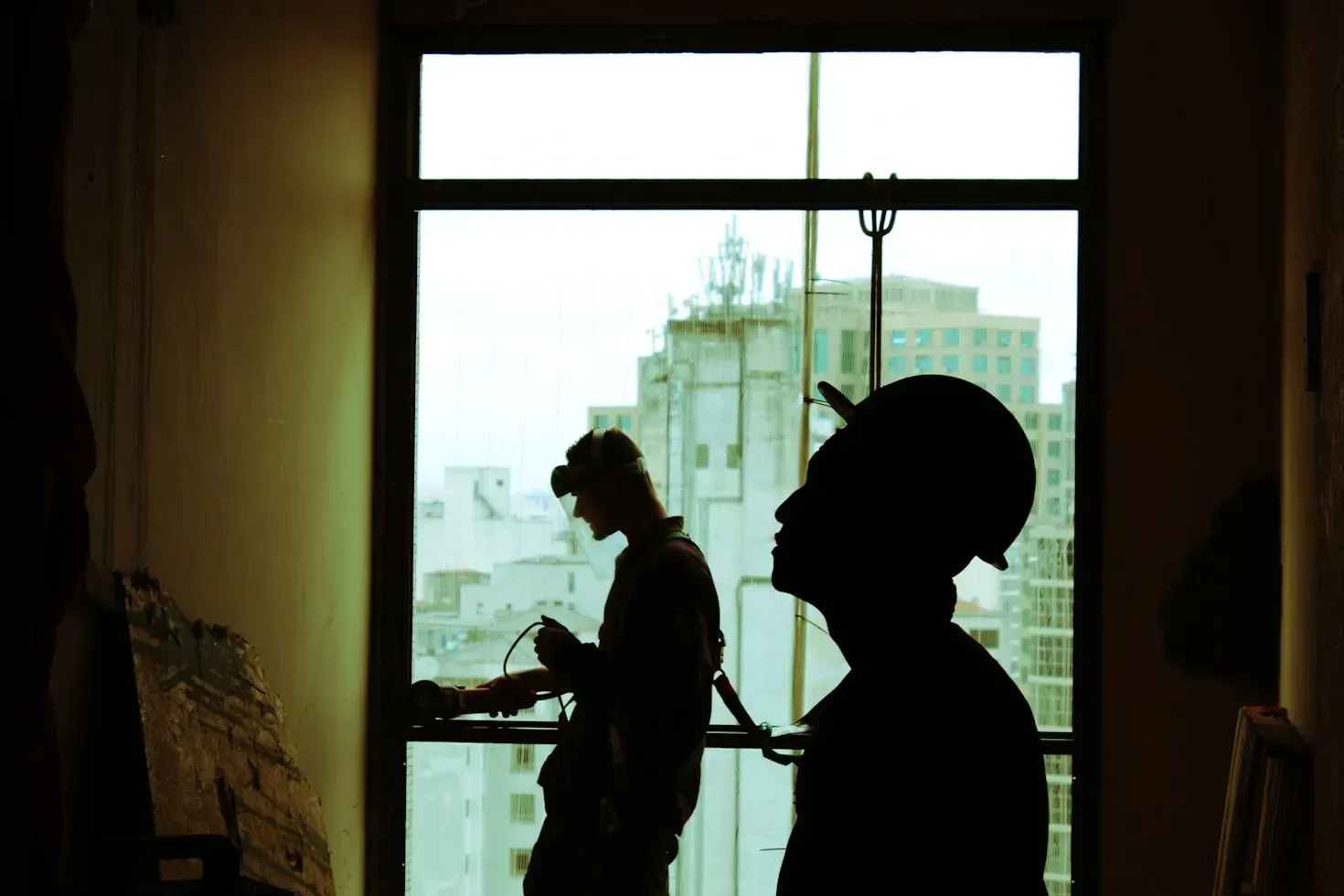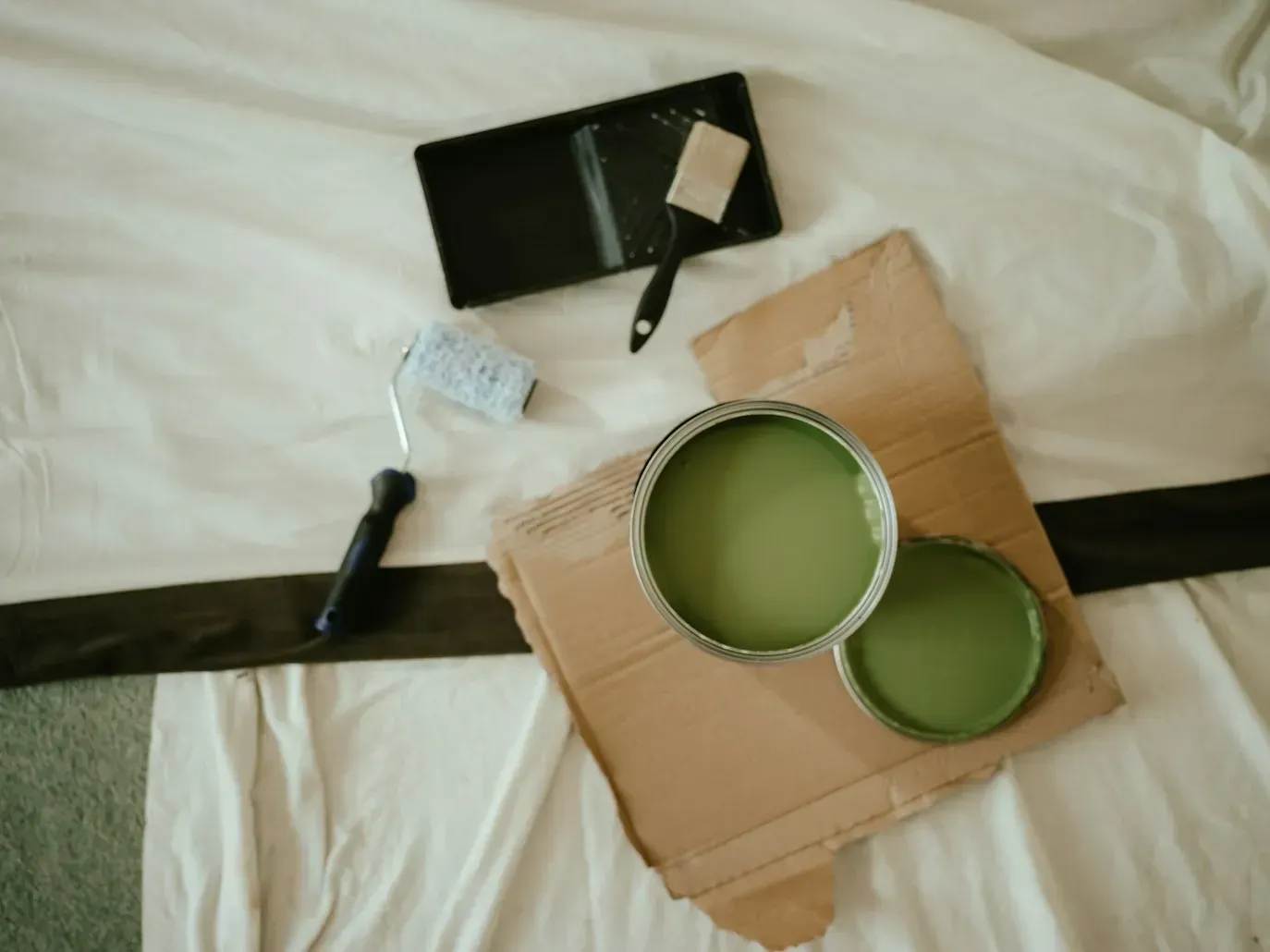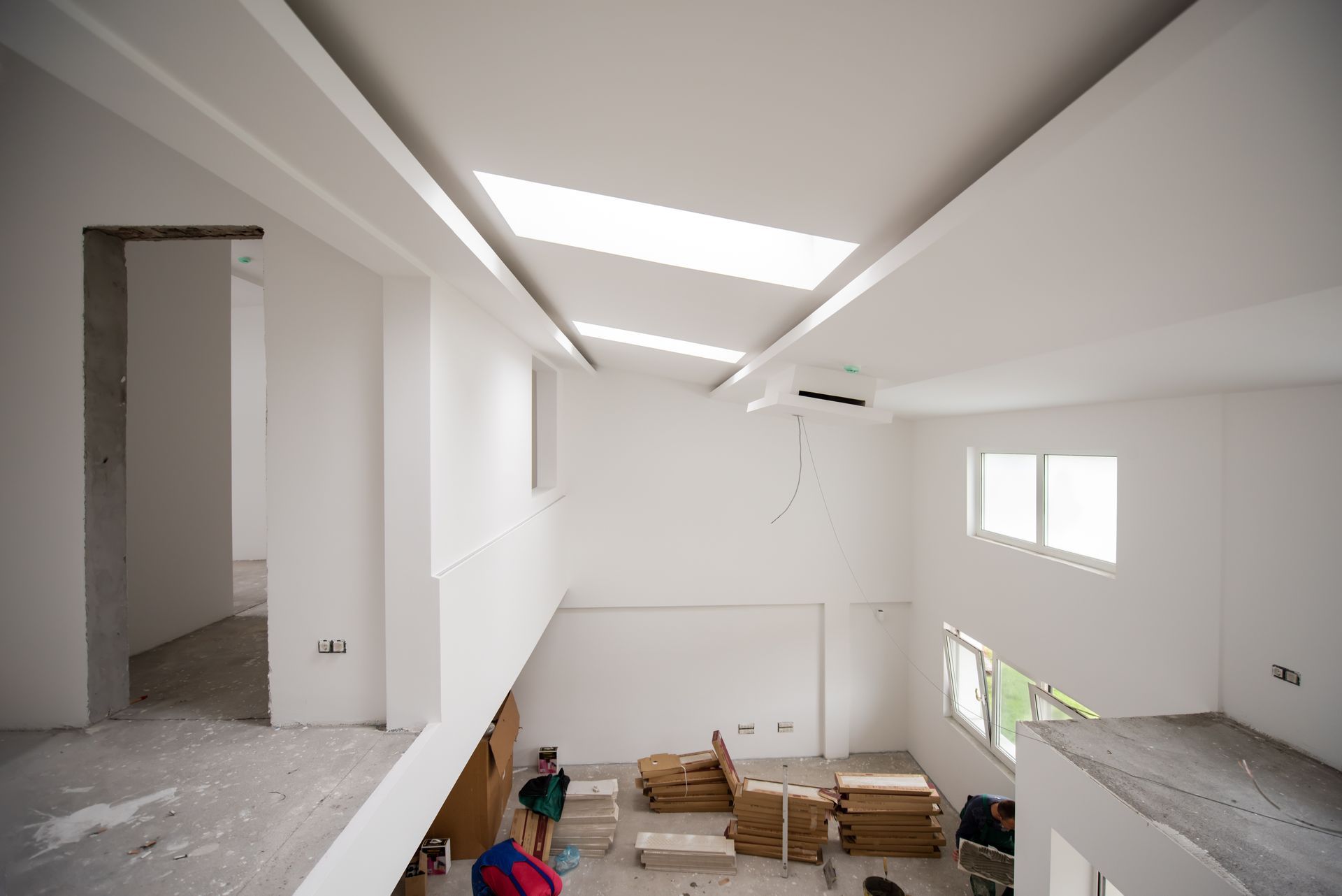
Why Drywall Is a Game-Changer for Modern Home Renovations
Looking to update your home? Thinking about which materials to use? You're not alone. Many homeowners face these questions during renovations.
Drywall stands out as the top choice for modern home renovations because it offers an unbeatable mix of affordability, ease of installation, and versatility. It gives walls a smooth finish, helps with sound control, and adds fire resistance to your home—all at a fraction of the cost of other options.
When planning your next project, understanding the benefits of drywall can help you make smart choices. This post covers everything you need to know about this game-changing material and why it might be perfect for your renovation needs.
Understanding Drywall and Its Importance
What is Drywall?
Drywall (also called sheetrock or gypsum board) is made of a layer of gypsum pressed between two thick sheets of paper. Standard sheets come in 4' x 8' panels and different thicknesses depending on their use.
Unlike old-fashioned plaster walls that need lots of time to dry, drywall panels can be put up quickly and finished within days instead of weeks. This speed makes it the go-to choice for most building projects today.
The core of drywall contains gypsum, a natural mineral that has natural fire-resistant properties. This makes it both safe and eco-friendly compared to some other building materials.
Evolution of Wall Materials in Home Construction
Walls have changed a lot over time. Early homes used wood, stone, or mud. Later, lath and plaster became popular but took a long time to install and dry.
Drywall changed everything when it was introduced in the early 1900s. By the 1950s, it became the standard in most American homes because it cut construction time by weeks.
Today's drywall comes in many types for different needs:
- Regular drywall for most walls
- Moisture-resistant (green board) for bathrooms
- Fire-resistant for garages and furnace rooms
- Soundproof drywall for home theaters or bedrooms
This variety makes drywall perfect for almost any room in your home.
Key Benefits of Choosing Drywall for Your Renovation
Cost-Effectiveness and Value
When comparing building materials, drywall offers the best bang for your buck. A standard 4' x 8' sheet costs between $10-$20, far less than custom plaster work or wood paneling.
Installation costs are lower too. Professionals can hang and finish drywall much faster than other wall systems, saving on labor costs. For a typical 10' x 10' room, you might save $500-$1,000 by choosing drywall over plaster.
The smooth surface also makes future updates easier. Want to change paint colors? Drywall takes paint well and can be repainted many times without issues.
Fire Resistance and Safety Features
Safety matters in home construction. Drywall contains gypsum, which has natural fire resistance. When exposed to fire, the water molecules in gypsum are released as steam, slowing the spread of flames.
Most building codes require fire-rated drywall in certain areas like:
- Between living spaces and attached garages
- Around furnace rooms
- In multi-family housing between units
Type X drywall offers even more protection with special core additives that increase fire resistance up to one hour. This small upgrade can make a big difference in home safety.
Insulation and Energy Efficiency
Keeping your home comfortable means managing temperature and sound. Drywall helps with both by providing a barrier against heat transfer and noise.
When paired with proper insulation, drywall creates an effective thermal barrier. This means your heating and cooling systems don't have to work as hard, saving energy and money.
For extra insulation, you can choose:
- Insulated drywall panels with foam backing
- Thicker 5/8" panels instead of standard 1/2"
- Sound-dampening drywall with special core materials
These options can improve your home's energy efficiency and comfort level without major structural changes.
Quick Installation and Convenience
Time matters in renovations. Drywall installation is much faster than traditional plaster, which could take weeks to apply and dry properly.
A team of pros can hang and finish drywall in an average room in just 2-3 days, including:
- Day 1: Hanging the sheets
- Day 2: Taping and first coat of mud
- Day 3: Final coats and sanding
This speed means less disruption to your daily life during renovations. You can get back to normal faster and enjoy your updated space sooner.
Drywall Installation Process Explained
Preparation Steps
Good prep work leads to better results. Before any drywall goes up, these steps should happen:
- Framing inspection - Making sure studs are straight and properly spaced (typically 16" apart)
- Electrical and plumbing - All wiring and pipes should be complete and inspected
- Insulation - Installing proper insulation between studs
- Planning and measuring - Mapping out how sheets will be placed to minimize seams
Taking time with these steps prevents problems later. For example, finding a crooked stud is much easier before the drywall covers it up.
Professional vs. DIY Installation
While hanging drywall seems simple, finishing it well takes skill. Professional drywall installers have tools and techniques that create seamless results.
DIY drywall might save money upfront but consider:
- Pros can finish a room in days versus weeks for most DIYers
- Professional taping and mudding creates invisible seams
- Pros know how to handle tricky spots like corners and ceiling joints
For small repairs or simple rooms, DIY might make sense. For whole-house projects or rooms with complex layouts, hiring pros usually gives better results and might even save money in the long run by avoiding mistakes.
Common Installation Challenges
Even pros face challenges with drywall. Knowing the common issues helps you plan better:
Uneven framing can cause bulges or dips in the finished wall. Good contractors check and fix framing before hanging drywall.
Moisture problems might not show up right away. Using proper moisture-resistant drywall in bathrooms and kitchens prevents future damage.
Complex cuts around fixtures, windows, and doors require special tools and experience. These areas often show the difference between DIY and professional installation.
Drywall Options for Different Spaces
Residential Drywall Applications
Homes have different needs throughout. The right drywall type depends on the room's purpose and conditions.
For living areas and bedrooms, standard 1/2" drywall works well. It's affordable and easy to work with.
Kitchen and bathroom walls face moisture and should use moisture-resistant "green board" or cement board behind tile.
Ceilings benefit from sagging-resistant 5/8" drywall, especially in spans over 24 inches.
The right choice makes walls last longer and perform better for each space in your home.
Commercial Drywall Solutions
Business spaces face different challenges than homes. Commercial drywall needs to be:
- More durable to handle higher traffic
- Fire-rated to meet stricter building codes
- Sound-dampening for privacy between offices
Commercial buildings often use Type X fire-resistant drywall as standard practice, along with metal studs instead of wood. These spaces also frequently need special acoustical treatments to manage noise in open areas.
Retail spaces might use impact-resistant drywall in high-traffic areas to prevent damage from carts or equipment. This specialty drywall costs more but saves on repairs.
Specialty Drywall for Unique Needs
Beyond standard options, specialty drywall solves specific problems:
Soundproof drywall has a special core that blocks sound transmission. It costs more but works great for home theaters, music rooms, or bedrooms needing extra quiet.
Mold-resistant drywall contains special paper facing and core additives that prevent mold growth. This makes it perfect for basements or other damp-prone areas.
High-impact drywall uses fiberglass mesh or other reinforcement to resist dents and holes. It's good for playrooms, hallways, or anywhere that might take a beating.
Choosing the right specialty drywall can solve problems before they start.
Finishing Touches: Beyond Basic Installation
Texturing and Design Options
Plain smooth walls are just the beginning. Drywall can be finished with textures that add style and hide imperfections.
Popular texture options include:
- Orange peel - A subtle, slightly bumpy finish
- Knockdown - Applied texture that's partially flattened
- Skip trowel - A hand-applied artistic texture
- Smooth finish - Perfect for modern, clean looks
Each texture affects how light plays on the wall and how the room feels. Textures can make a room feel cozier or more rustic, while smooth finishes create a more contemporary look.
Interior Painting Considerations
After drywall is installed and textured, painting completes the job. Good paint preparation makes all the difference in the final look.
Most new drywall needs:
- A quality primer coat specifically for new drywall
- Two coats of finish paint for even coverage
- Proper drying time between coats
The primer seals the porous surface of new drywall and helps the paint stick better. Skipping this step often leads to uneven color and more coats needed.
For bathrooms and kitchens, semi-gloss or satin finishes resist moisture better than flat paints. This small detail extends the life of your drywall in these wet areas.
Finding Quality Drywall Services in Western Massachusetts
What to Look for in a Drywall Contractor
Not all drywall contractors deliver the same quality. When choosing one, look for:
- Proper licensing and insurance - This protects you if accidents happen
- Strong references from past clients
- Clear, detailed quotes that explain all costs
- Experience with your specific type of project
- Written warranty on both materials and labor
A good contractor will also discuss options with you rather than pushing one solution. They should explain the pros and cons of different drywall types for your specific needs.
Service Areas: Easthampton, Northampton, and Surrounding Communities
Western Massachusetts homeowners have access to quality drywall services. Local contractors understand the region's housing styles and common renovation needs.
Contractors serving Easthampton, Northampton, Montgomery, Southampton, South Hadley, and Westhampton bring valuable local experience to your project. They understand local building codes and permit requirements, saving you time and hassle.
Working with local pros also means faster response times if issues arise. Having your contractor nearby makes follow-up visits easier when needed.
Take Your Renovation to the Next Level
Ready to transform your space with quality drywall installation? Don't settle for less than the best for your home or business.
Contact Frenchie Drywall today for a free consultation on your project. As the premier drywall contractor serving Easthampton, Springfield, Chicopee and surrounding areas, we bring years of experience in both residential and commercial drywall installation and interior painting.
Our team of professionals understands the unique needs of Western Massachusetts homes and businesses. Whether you need basic drywall installation or specialty solutions for moisture control or sound dampening, we have the expertise to deliver exceptional results.
Call us today to discover how we can help make your renovation a success!


